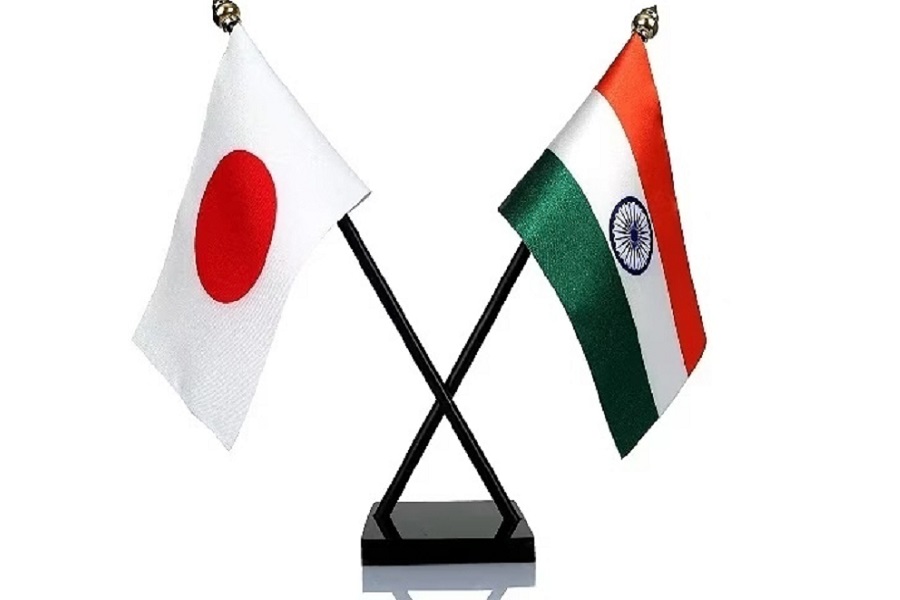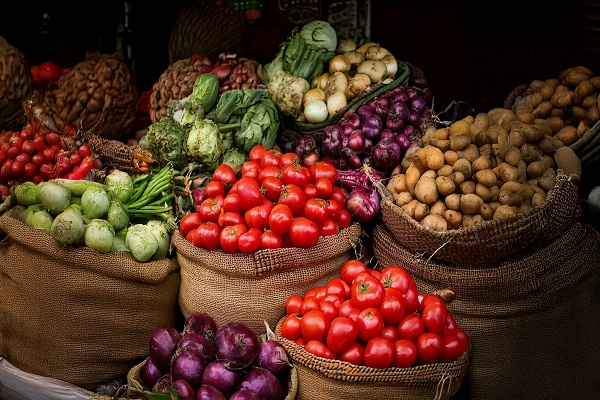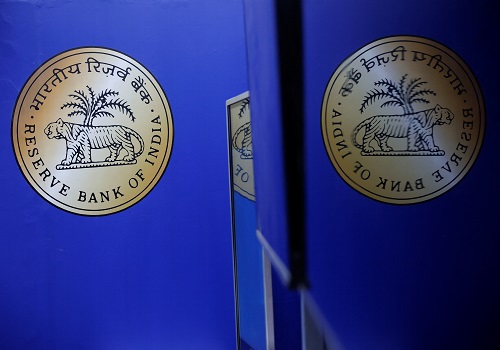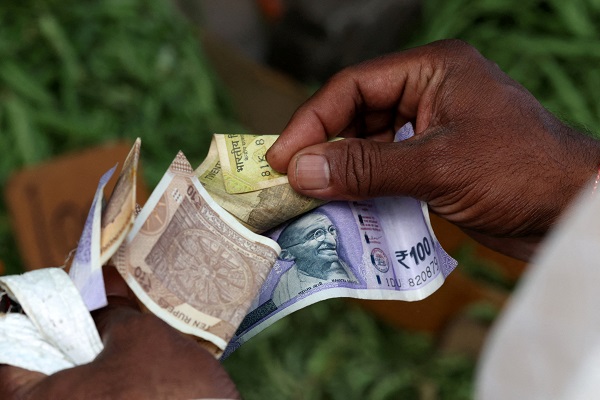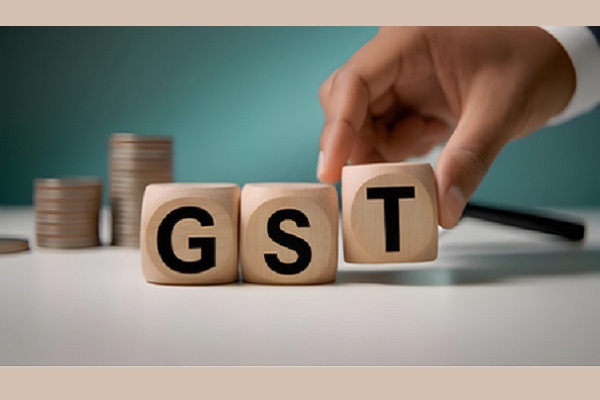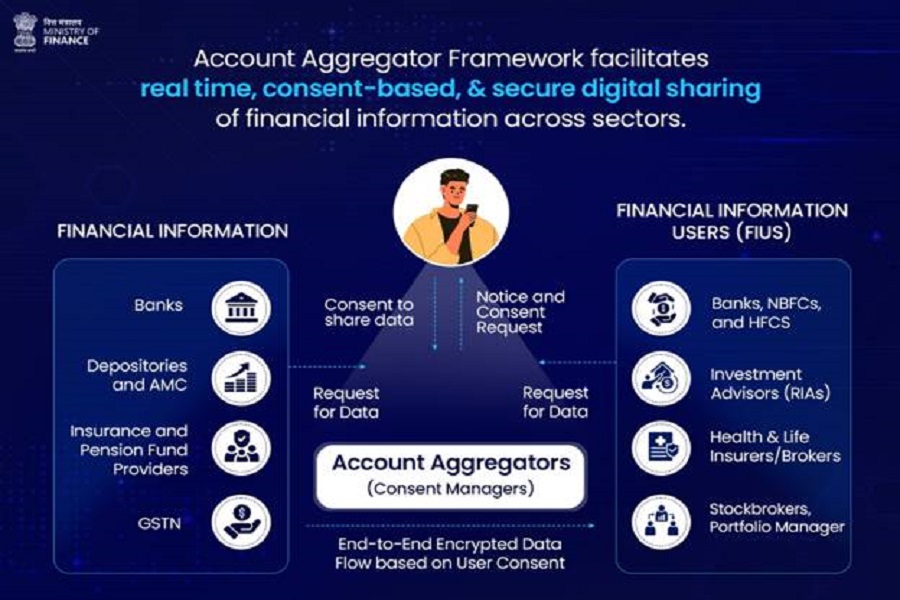Update on central Government Finances - H1 FY26 by CareEdge Ratings
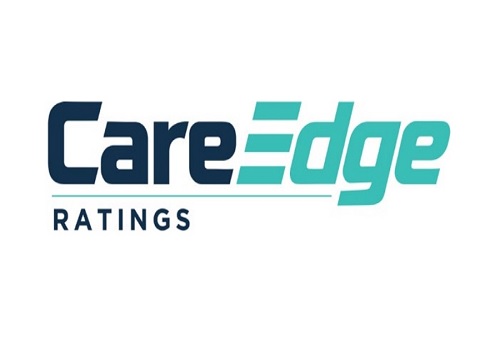
Centre’s fiscal position in the first half of the current fiscal year was marked by slowing tax collections, while healthy non-tax collections lent support to the overall receipts. The reduction in the income tax burden announced in the last Budget is expected to have weighed on income tax collections so far this year. Furthermore, the impact of GST rationalisation on government finances remains to be seen. While tax collections remained subdued, the Centre’s non-tax collections have been better-than-anticipated, buoyed by higher-than-budgeted dividend transfer from the RBI. On the spending front, capex remained healthy, exceeding the full-year targeted growth, while some rationalisation was seen in terms of the revenue expenditure. Overall, higher-than-anticipated support from nontax revenues and some rationalisation in revenue expenditure helped contain the fiscal deficit at Rs 5.7 trillion in H1 FY26. This is at 36.5% of the budget estimate, higher than 29.4% seen in H1 last year, but broadly in line with the levels seen in the earlier years (Refer to Exhibit 1).
Table 1: Snapshot of Central Government Finances - H1 FY26

Exhibit 1: Trends in Fiscal Deficit - H1

Government Receipts – H1 FY26
Central government’s gross tax collections slowed during H1 FY26, rising by just 2.8% (y-o-y), much lower compared to the budgeted annual growth of 12.5% (Refer to Table 2). This moderation can be attributed to a slowdown in both direct and indirect tax collections. Following a subdued first quarter, corporate tax collections experienced a rebound in the second quarter, resulting in a 1.1% growth rate for the first half of the year. However, this remains significantly below the budgeted annual growth target of 9.7%. Income tax collections have shown strong double-digit growth in the last two months, which helped lift the H1 growth to 4.7%. Although still below the budgeted annual growth of 21.6%, the recent pickup in income tax collections is encouraging. The rationalisation of income tax slabs announced in the last Budget may have weighed on the performance of income tax collections so far this year. The Union Budget pegged the FY26 nominal GDP growth at 10.1%, with an anticipated tax buoyancy of ~1. We expect the nominal GDP print to turn much lower at around 8% amid expectations of lower inflation. This might weigh on the tax buoyancy, thereby constraining the growth in tax collections.
Indirect tax collections have grown by 2.8% in H1 FY26, as against the annual budgeted growth of 10.9%. GST collections and union excise duties have risen by 3.2% and 8.1%, respectively, in the year so far. On the contrary, customs duty collections have contracted by 5.2% during the period under review. The reduction in customs duty on certain items announced in the last Budget is expected to have weighed on customs duty collections. Overall, the Centre’s net tax revenue for the year so far has contracted by 2.8% amid a subdued performance in gross tax collections.
With the two-tier GST tax structure rolled out from September 22, 2025, its full impact on government finances is yet to be seen. Given that the changes were implemented nearly midway through the fiscal year, the estimated impact for FY26 in terms of revenue loss is estimated to be roughly at 0.1% of GDP each for the Centre as well as the states. Encouragingly, the GST rationalisation is also expected to boost the buoyancy in tax collections. Thus, the net impact of GST rationalisation on the government’s tax revenue remains a key watch out for the remainder of the fiscal year.
Table 2: Centre’s Tax Collections – H1 FY26

While tax collections have shown some weakness in the fiscal year so far, the non-tax revenues have risen by a strong 30.5% on the back of the strong RBI dividend of Rs 2.7 trillion. The RBI’s dividend transfer alone exceeded the budgeted amount of Rs 2.6 trillion, which was expected from the RBI, nationalised banks, and financial institutions collectively. Overall, revenue receipts registered a modest increase of 4.5%, supported by robust nontax revenues (up 30.5%) even as net tax collections were lower (by 2.8%) than the year-ago levels.
The non-debt capital receipts remain broadly on track, having met 45.8% of the full-year target of Rs 760 billion. While there have been no major disinvestments in the year so far, possible revenue from asset monetisation may have supported the receipts under this head. Looking ahead, the stake sale in IDBI Bank, expected to be completed before the end of the fiscal year, could further aid the Centre’s non-debt capital receipts.
Government Expenditure – H1 FY26
On the spending front, the Centre’s capital expenditure surged by 40% (y-o-y) during H1 FY26. A crucial aspect to note here is that the share of capex allocated to the Department of Food and Public Distribution rose to 8.6% in H1 FY26, the highest in recent years. So far, Rs 500 billion have been disbursed towards the Department of Food and Public Distribution, marking a notable increase over last year’s disbursement of Rs 39 billion. This amount is likely to be adjusted as part of the food subsidy. Thus, the Centre’s capex, adjusted for disbursements to the Department of Food and Public Distribution, has risen by 29% in the fiscal year so far. Among other components, roads and railways remained the top two areas of capex, with the outlay towards these having risen by 21.7% and 5.6%, respectively, during H1 FY26 on a year-on-year basis. However, the share of these two areas in the overall capex moderated to 54% in the year so far compared to a share of over 60% seen in the corresponding period of the last three years.
Exhibit 2: Composition of Centre’s Capex in H1 - % Share in Total Capital Expenditure

Fiscal Outlook - FY26
With tax collections having already moderated in the year so far, the lower nominal GDP growth in FY26 could pose additional challenges to achieving the full-year tax targets. Moreover, the impact of income tax reductions and GST rationalisation on tax receipts during the remainder of the fiscal year warrants close monitoring. The net revenue shortfall from GST rationalisation (estimated at around 0.1% of GDP for this fiscal) is expected to be offset by the higher dividend transfer received from the RBI. However, the overall subdued tax performance may still exert pressure on government expenditure in the second half of the year, particularly if the Centre remains committed to the fiscal consolidation path.
Above views are of the author and not of the website kindly read disclaimer
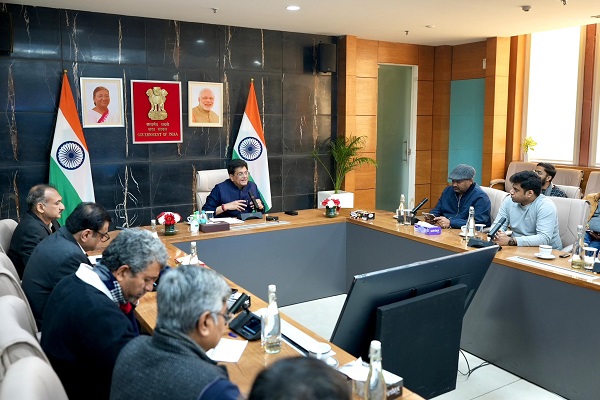
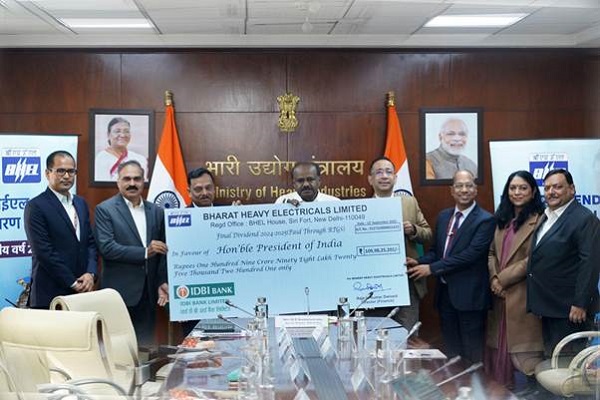

.jpg)












